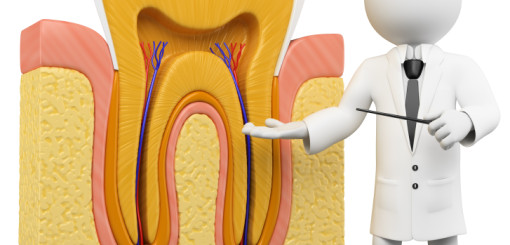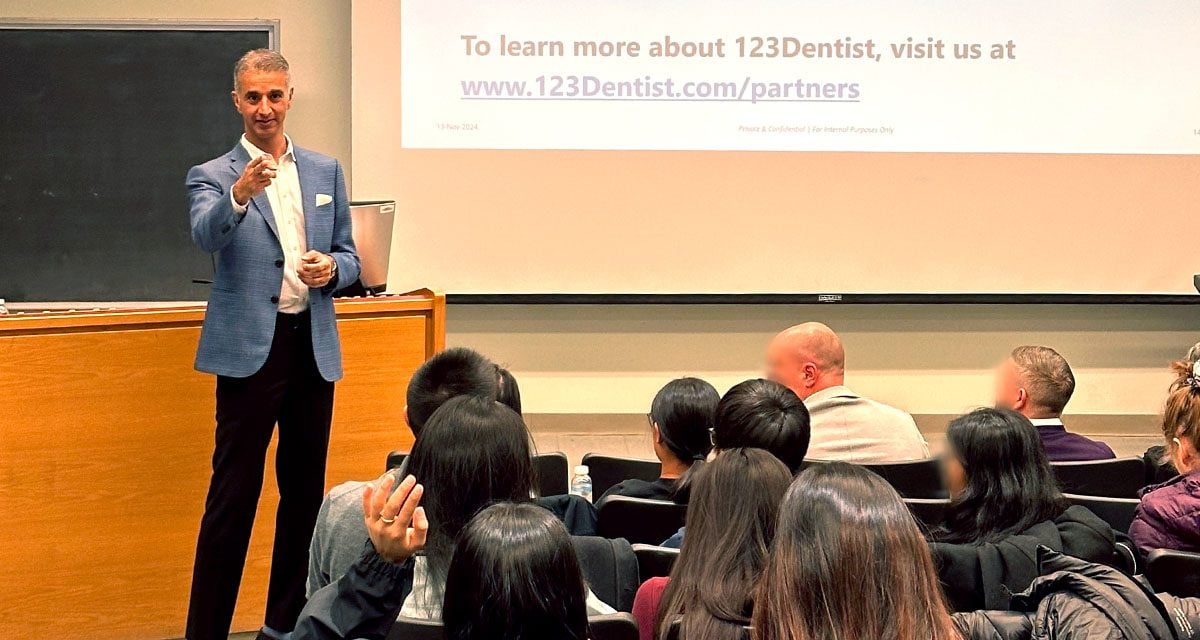Root canal pain is known for invoking fear and panic. However, many fears stem from a lack of knowledge. With the proper information and education, having a root canal can be a pleasant and relieving experience.
Root canal pain and why you feel it
To understand a root canal, one must understand the basic anatomy of a tooth. Each tooth is made of 3 layers. The innermost layer of the tooth is called the pulp. The pulp is composed of nerve fibers as well as blood and lymph vessels. When a tooth is injured either by a traumatic incident or simply by a cavity becoming very large, the nerve fibers in the pulp become irritated and/or infected. If you think about sustaining an injury to your arm or leg, the injured area often becomes swollen. An injured tooth cannot swell; therefore often the first indication of a tooth being injured is pain. This pain is a result of bacteria having gained access to the pulp by a crack or hole in the tooth.
Root canal pain and how it’s treated
Root canal treatment is the means by which the bacteria and inflamed tissue are removed from the tooth and consequently the source of pain and potential infection are removed. In order to remove the pulp tissue, the dentist numbs the tooth and then must create an access to the pulp by making a small hole through the outer 2 layers of the tooth. Once the pulp is accessible, small, specialized instruments are used to remove the infected tissue. The area is cleaned and dried and then the empty space that used to contain the pulp is filled with a rubber-like filling material. The dentist then places a silver or white filling to restore the access that was created to remove the pulp. Finally, a crown or cap-like restoration is placed over the tooth. The reason for this final step is that teeth are more at risk for fracture after having root canals and so crowns are placed to protect the teeth from breaking and also to create a seal to prevent future infection.
Once the root canal is completed and the tooth is restored, any root canal pain that was present should be relieved and the tooth will be ready to take on the forces of everyday use.






